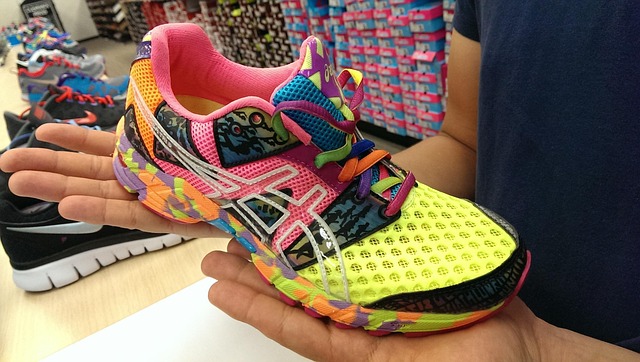The New Wave of Digital Fashion: A Game Changer in the Retail Industry
The world of fashion is not immune to the digital revolution. Over the past decade, we've seen a seismic shift from traditional brick-and-mortar stores to e-commerce platforms. But the latest swing in the fashion pendulum is even more intriguing: the rise of digital clothing. This concept, once considered science fiction, is now a reality, challenging the norms of the fashion industry and opening up a world of infinite possibilities.

Understanding Digital Fashion: An Innovative Approach
Digital fashion refers to clothing designed for digital platforms, worn by digital avatars in virtual environments, or even superimposed on our bodies using augmented reality technology. The concept might seem a little far-fetched, but it’s gaining traction. A growing number of tech-savvy designers and forward-thinking brands are exploring the potential of digital fashion, creating garments that exist only in the virtual world. The appeal lies in its limitless creativity, sustainability, and its ability to break free from the physical constraints of traditional fashion.
The Evolution and Influence of Digital Fashion
The groundwork for digital fashion was laid by video games and virtual platforms where users could dress their avatars. As technology advanced, so did the complexity and realism of these digital clothes, leading to the birth of digital couture. The trend took a significant leap in 2019 when Dutch digital fashion house The Fabricant auctioned off a digital-only dress for $9,500. Digital fashion’s appeal lies in its ability to democratize fashion, allowing anyone to wear exclusive designs regardless of their physical attributes or geographical location.
The Current Trend: Virtual Catwalks and Digital Wardrobes
The COVID-19 pandemic has further accelerated the digital fashion trend, with fashion houses like Balenciaga opting for virtual runway shows. We’re also seeing the rise of digital wardrobes, which let users create, buy, sell, and trade digital garments. These platforms are not just a playground for fashion enthusiasts but also serve as a platform for designers to showcase their creativity without the usual constraints of production cost, materials, or logistics.
The Future of Shopping: Augmented Reality Fitting Rooms
A key influence of digital fashion on consumer behavior is the advent of virtual fitting rooms. Brands like Gucci and Nike are making use of augmented reality technology to allow customers to try on clothes or shoes virtually, significantly enhancing the online shopping experience.
Your Guide to Navigating Digital Fashion
-
Understand the platform: Digital fashion platforms vary in terms of interface and features. Familiarize yourself with the platform before diving in.
-
Experiment with styles: The beauty of digital fashion lies in its limitless possibilities. Don’t be afraid to experiment with styles that you wouldn’t usually go for in the physical world.
-
Invest in exclusive designs: Some digital fashion pieces are limited edition, making them valuable assets in the virtual world.
-
Participate in virtual fashion shows: This is an excellent opportunity to showcase your digital wardrobe and interact with other virtual fashion enthusiasts.
The world of fashion is evolving, and digital fashion is leading the charge. While it may take some time for this trend to become mainstream, it’s clear that it’s more than just a passing fad. As we increasingly merge our physical and digital lives, the line between real and virtual fashion will continue to blur. The rise of digital fashion signifies a new chapter in the fashion industry, one that promises to be as exciting as it is revolutionary.




